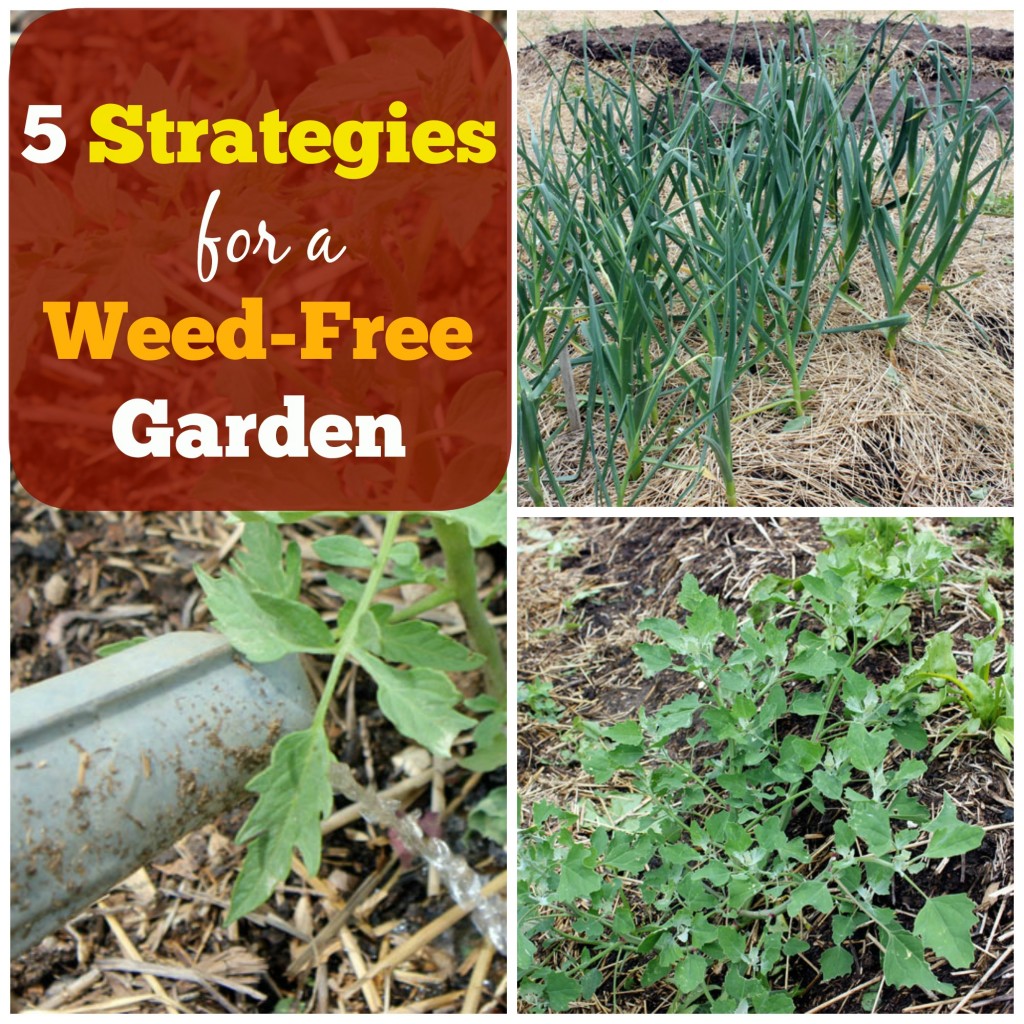How To Become More Self-Sufficient Without Starting a Full-Blown Farm…
Want to start preserving your harvest, making your own soap, or building a backyard root cellar — but not sure where to begin? “Homesteading Advice” gives you instant lifetime access to 35+ practical homesteading books on food preservation, veggie gardening, DIY natural cleaning products (save over $250 per year with this skill alone), brewing, off-grid energy, and a whole lot more…
Click Here To Check It Out Now!
If you’re anything like me, you love to garden not only for the amazing nutrient-dense food that a garden provides your family and community, but also for the beauty and wonder of the garden. Weeds are not only competition for the nutrients and water that food plants need, but they can also take away from the aesthetic that we’re trying to create.
I actually don’t dislike weeding – I find it very meditative – but I don’t enjoy creating more work for myself than necessary. So I’ve found a few ways to minimize weeds in the garden.
1) Water the Plant, Not the Entire Bed
I have been a hand-waterer for most of my gardening life. I find that it enables me to keep close track of how plants are doing, and I can make adjustments to my watering schedule as necessary, or take time to pick off pests. As an added benefit, I’m only watering the area right around the plant. In fact, when I plant, I try to create a small well, and then water into this well. The area around the plants does not get wet, which helps keep weed seeds from germinating. Of course this is not feasible for every gardener, but carefully placed drip irrigation can create the same results.
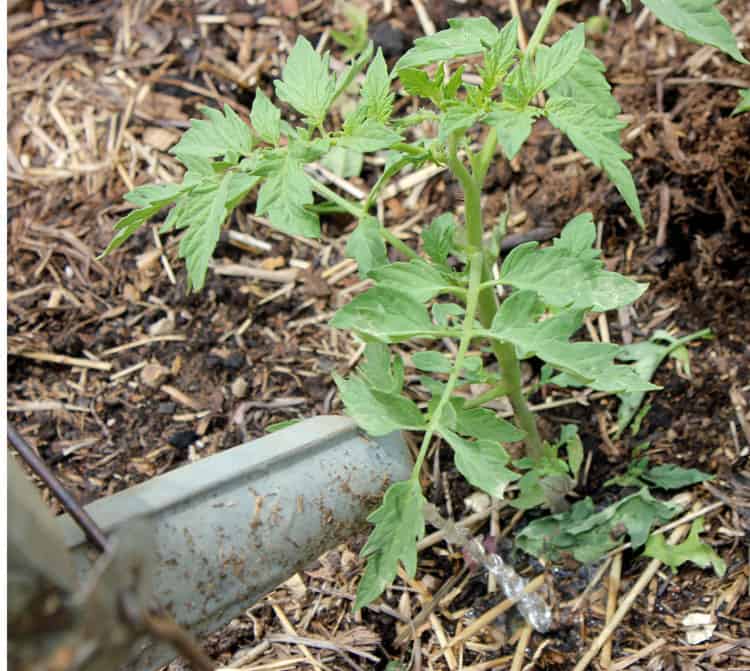
2) Mulch Keeping bare soil covered might be the best defense against weeds. I have a lot of straw on hand, so I tend to mulch with straw. But you can also use wood chips, grass clippings, leaves, and lots of other organic materials. In addition to suppressing weeds, mulch also prevents moisture from evaporating from your soil, so it’s a wonderful addition to any garden plan.
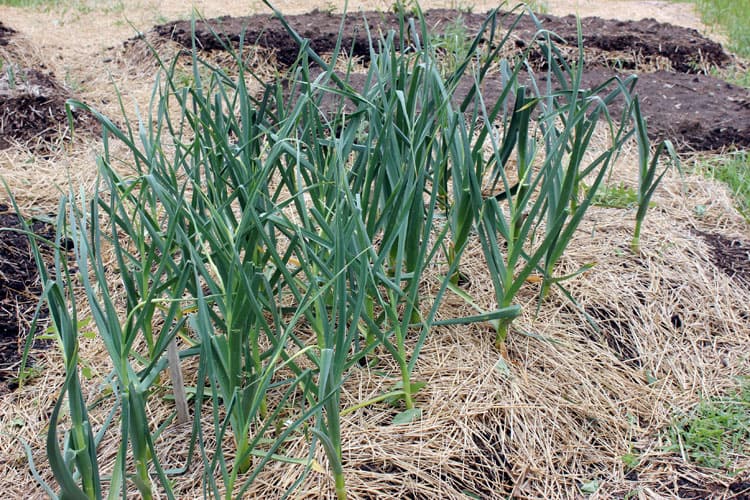
3) Don’t Let your Weeds go to Seed! Catch those weeds early and pull them out while they are small! They will be easier to pull when they are tiny, and if you’re diligent and never let your weeds go to seed, you’ll be saving yourself a lot of work later on!
4) Plant Thickly Perhaps I am guilty of planting a bit TOO thickly, but I really believe that when you create nutrient-rich garden beds full of organic goodness, then you can afford to space plants much closer together than seed packages indicate. I like to push that one step further and sow lettuce or other greens into spaces between plants. As the season progresses, the lettuce will be eaten, and plants end up with the perfect spacing. With this strategy, the ground is never bare, so weeds don’t have a chance to to takeover.

5) Re-frame your Thinking Around “Weeds”
“What is a weed? A plant whose virtues have not yet been discovered.” ? Ralph Waldo Emerson.
I used to drive myself crazy trying to eradicate purslane and lamb’s quarters from my garden. Those weeds were persistent and grew everywhere. These days, my garden still has a ton of lamb’s quarters, not quite enough purslane for my tastes, and a fair amount of sorrel, and some dandelions. The difference? I now eat those weeds in salads and as cooked greens, so they are no longer pesky, but relished! (Purslane mixed with feta and tomato might be the best summer salad ever!) Many common weeds have medicinal or edible qualities that might turn them into a plant with virtue in your eyes.

Lamb’s quarters
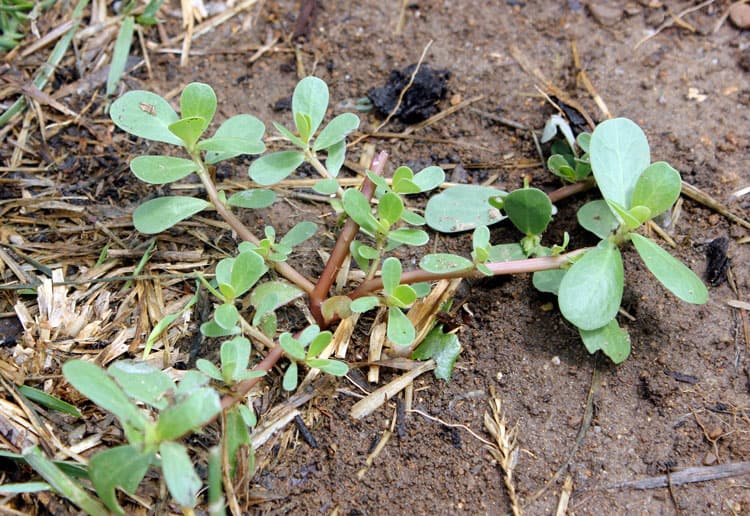
Purslane
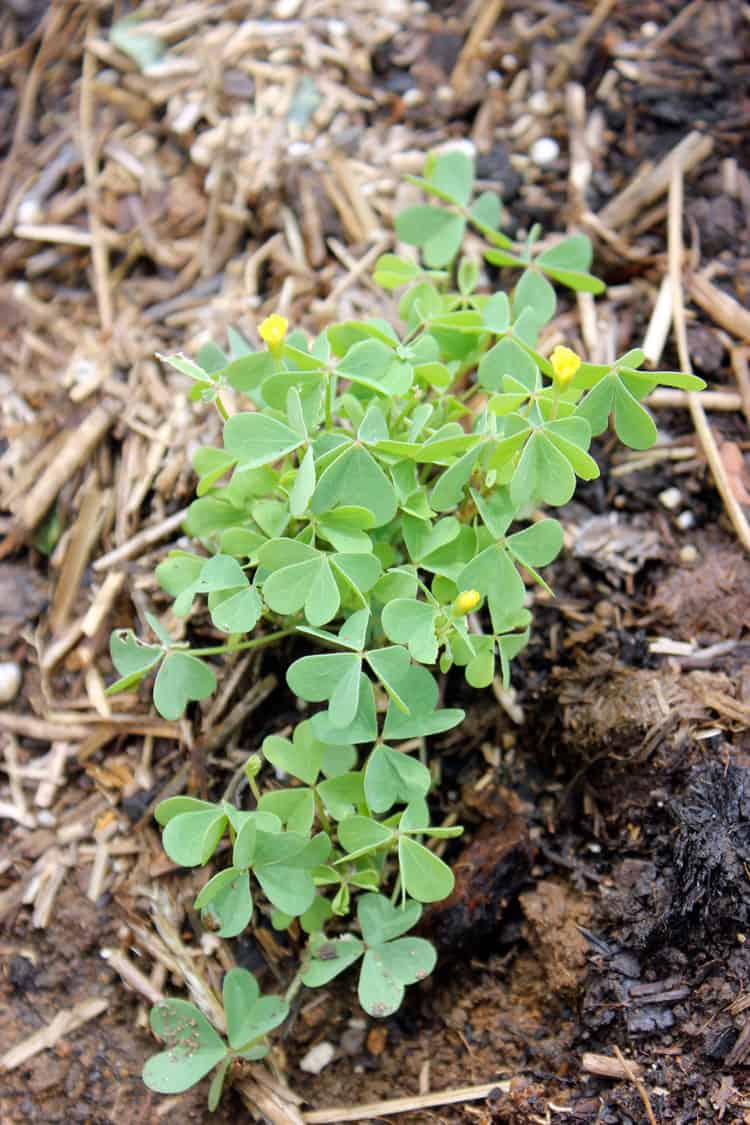
Oxalis, or sorrel
What are your favorite strategies for a weed-free garden? Share them in the comments below!
Source: The post 5 Strategies for a Weed-Free Garden appeared first on Homestead Honey.
